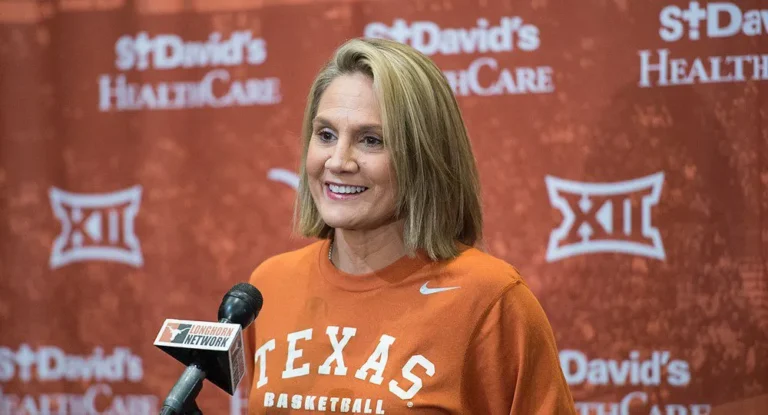College sports will implode if we don’t fix the problem with the transfer portal and NIL
While age was a concern in my recent retirement from college basketball coaching, a much greater factor was that I had simply had it with the transfer portal and NIL funding (name, image, and likeness).
The system is broken. Coaches are leaving the profession and will continue to leave because they now are coaching “professional” players in a college sport at the NCAA Division I level.
Teams are built and destroyed by the transfer portal/NIL system. Over 1,800 players entered the transfer portal for men’s basketball last year. There are 351 Division I basketball teams. On the average transfers affect almost half of a team’s roster without accounting for graduation or other attrition.
That’s insane. Teams can go from bad to good overnight or from good to bad.
Column by Gentry Estes: Before exiting, Jerry Stackhouse offered a warning for Vanderbilt basketball
Students should be paid, but what about transparency?
When the transfer portal/NIL system was introduced, Power Five schools had the option to attract players who had developed their skills at non-Power Five schools with easy transfers and attractive NIL packages. It’s difficult for non-Power Five schools to compete with teams with deep NIL pockets.
I agree players should be compensated, as the Supreme Court ruled in NCAA v. Alston noting that the NCAA, universities, conferences and other businesses are not the only ones who should benefit from the names, images, and likenesses of college athletes. Truthfully, college athletics has been a popular product producing large incomes for innumerable entities for years, except for athletes.
While the court’s judgment corrected a wrong, it was not accompanied with measured and wise guidance on how to keep what is good about college athletics while compensating student athletes.
For instance, there should be some transparency to the process. Open and honest reporting of NIL transactions would force an appearance of legitimacy. At the present, there is no salary cap in the NCAA structure. At one time giving a student recruit a T-shirt would bring an NCAA investigation. Now a million-dollar NIL deal gets a quarterback.
Pro teams have managed free agency with rules and restrictions. There are basically no restrictions in college athletics. For example, a player can leave at anytime, which is not always good for an immature 18-year-old.
Being a team member is invaluable to learning to live a productive and positive life. Being a supportive, committed team member raises the performance of the community for whatever sport an individual is a participant.
Fans are losing interest with so many changes
Contracts govern professional sports but there are essentially no contracts with student athletes relating to NIL. Instead, there’s an understanding. Many of the same elements of a formal contract should be applied when student athletes enter an NIL agreement.
There are already incidents where a college athlete has had to sue a university to recover funds owed from an NIL deal because of a misunderstanding and there will be more because of the way these deals are made.
Perhaps most importantly and so very unfortunately, education gets lost in this system. “Student” is no longer a valued part of the athlete’s experience.
Fans are losing interest in the game because they can’t keep up with players in the portal’s revolving doors, and when it becomes the same old dancers with no Cinderellas, fan support will wane further.
We need to save the game before it implodes.
New NCAA President Charles Baker has a tremendous opportunity and daunting challenge to change the direction in which we are headed. But it will take more than he. It will also take Congress, state governments, and college and conference officials to join forces with their hearts and minds to fix this broken system.
When Cliff Ellis retired from coaching in December, he was the winningest active coach in NCAA Div. I college basketball and ninth winningest coach overall. He took four universities to the NCAA National Basketball Tournament including South Alabama, Clemson, Auburn and Coastal Carolina. He began college coaching at Cumberland University in Lebanon, Tennessee, won 909 games during his career, was named AP Coach of the Year in 1999, and was twice named ACC Coach of the Year and SEC Coach of the Year. His 1989-90 Clemson team won the ACC for the only time in school history and advanced to the Sweet 16 in the NCAA National Tournament. He took his Auburn team to the Sweet 16 twice in 1999 and 2003.


